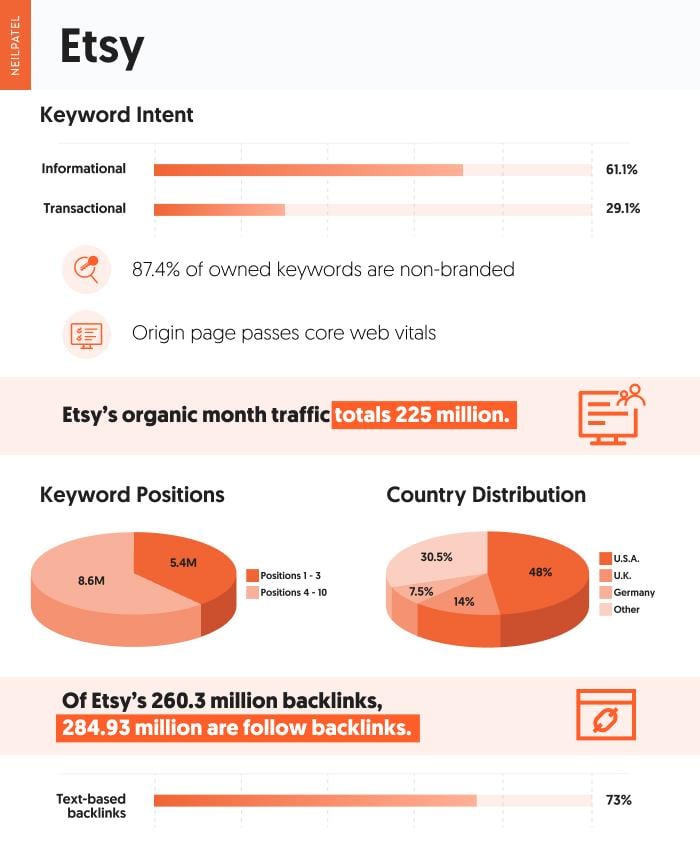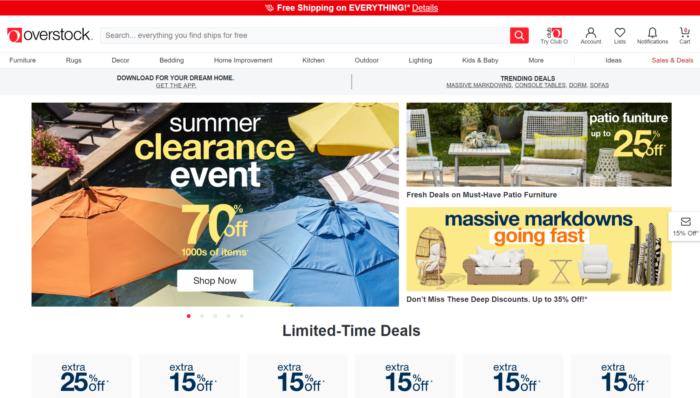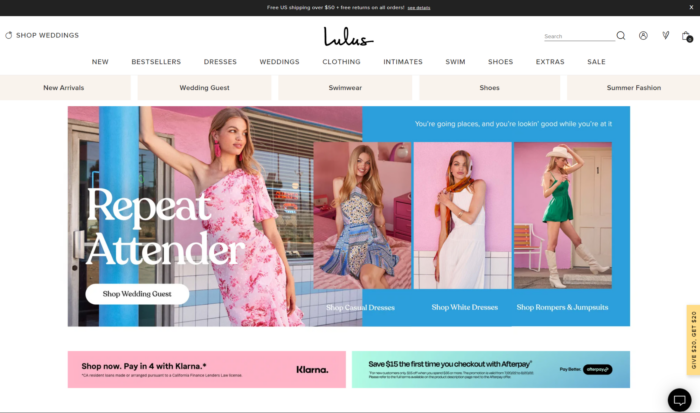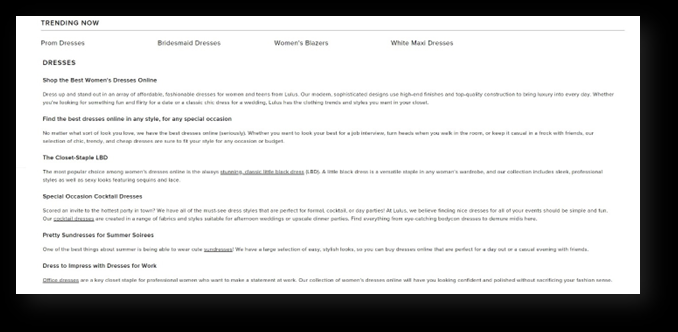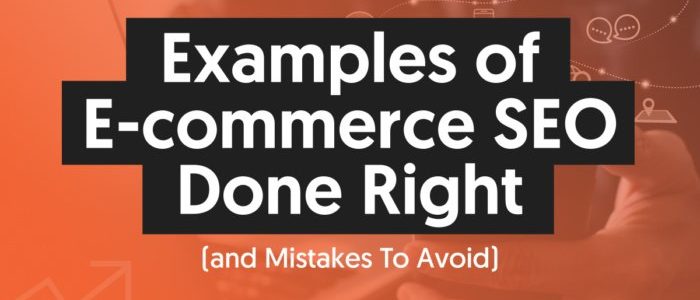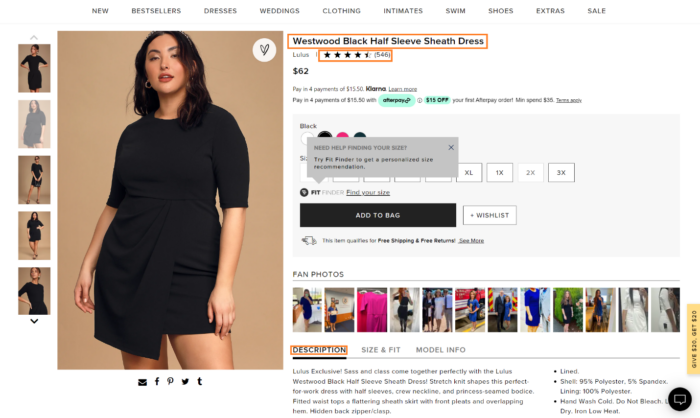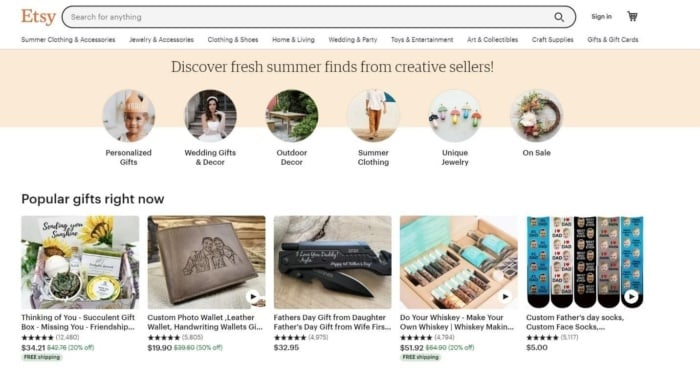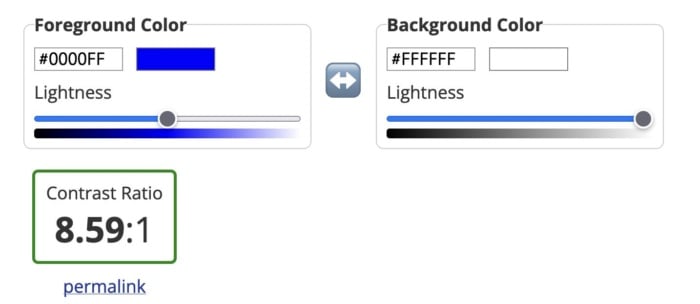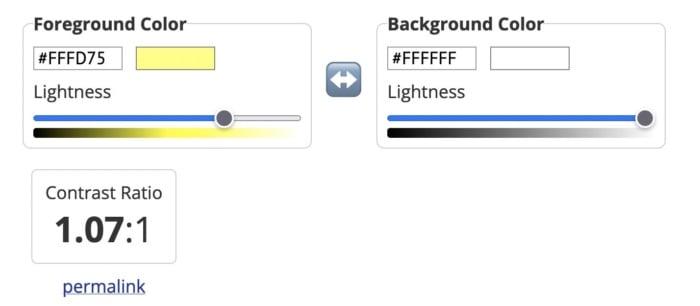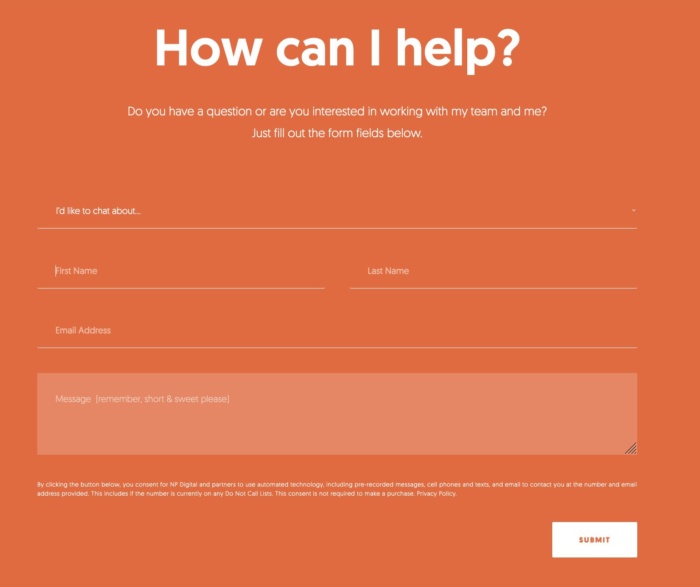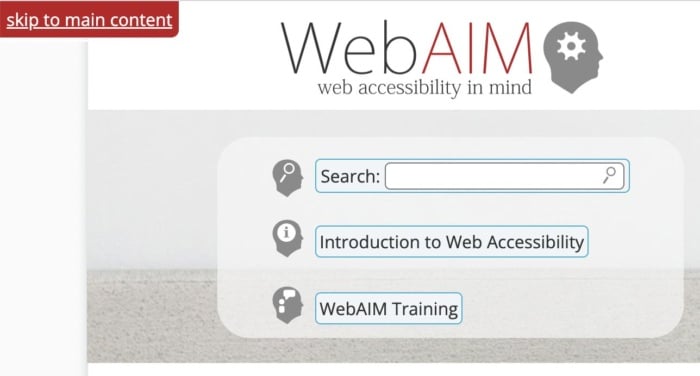Mistakes happen. When under pressure, even more mistakes happen. If business owners have ever been under pressure, it’s now. COVID-19 has thrown the economy for a loop, and business owners can’t makes heads or tails of it. Before you do anything else, take a look at the relief options available, including the Paycheck Protection Plan. Then, consider these common mistakes business owners make in a recession, and how to avoid them.
Avoid these Common Mistakes Business Owners Make in a Recession to Make it out of the Recession Twilight Zone
A recession can be a hugely stressful time. Not only can finances be in shambles, but the stress can take a toll on many other things as well. During a recession it can seem that all is lost, but avoiding these common mistakes business owners make in a recession could help. It certainly won’t hurt.
Imagine you wake up tomorrow in the twilight zone, and it lands you right in the middle of recession land. You may be feeling the effects of the recession even now. Here is what not to do if you want to survive. Avoid these mistakes, and your business could just make it out alive.
Common Mistakes Business Owners Make in a Recession: Moving Too Fast
While you definitely have to spend money to make money, it is necessary to be a little more careful during a recession. Spend money cautiously and only when the payoff is certain to avoid this and other common mistakes business owners make in a recession. That’s not to say that you can’t ever take a risk, but definitely don’t do it too quickly.
For example, if you have the opportunity to purchase inventory at a cut rate, it may seem the best idea is to purchase as much as you can. After all, if you sell it at the same price as before, you will still make a larger profit because the cost to you was less.
This is one of the common mistakes business owners make in a recession, because it makes sense when you are not in a recession. However, with people having less disposable income to spend, it is possible that that inventory will not move. Then, you are stuck with inventory you cannot sell, and a lot of it.
Hit the jackpot and weather any recession with our best webinar and its trustworthy list of seven vendors who can help you build business credit.
The Better Option
Considering the financial hard times, take a minute to evaluate things. Why is there a cut rate on the inventory? Is the wholesale provider is having a hard time moving it? If that is the case, you may have the same problem. Pay attention to your customers and your current inventory. Do you see any downward trends?
There a few options here that may be more beneficial. First, consider not stocking up on the inventory at the reduced rate. Maybe buy a little more than normal, but focus instead on the option the reduced rate gives you to lower your own prices.
The better decision is to evaluate how the recession is affecting the industry and the markets around you. Then, make decisions about how much of the discount inventory to purchase based on that. From there, you can make a plan for how to make the most of the discount.
That may mean that you have a sale offering the cheaper inventory at a price below what your competitors are offering. Another option is to purchase enough to lower prices for the duration of the recession.
The only way to make these decisions however, is to have thorough market research. That may cost money as well, but it is a much better use of the funds than wasted inventory. It will take time, but the slowdown will definitely be worth it.
Common Mistakes Business Owners Make in a Recession: Failing to Plan
One of the most important parts of running a business is planning for the unexpected. This includes planning for a recession. That is one of the most common mistakes business owners make in a recession. They panic, and either forget their plan, or they realize they never had a plan.
The first way to avoid this mistake is, obviously, to make a plan. If you have a plan, now is the time to put it into action. Don’t panic. Take stock of your expenses and revenue. Adjust expenses accordingly as much as possible.
Keep a watch on the market to see how your particular industry is responding to the recession. Use what you learn to tweak your plan as necessary. The point is, if there is a plan, use it. If not, it’s never too late to avoid this one of the most common mistakes business owners make in a recession. Make a plan and put it into action.
Not Having Fail Safe
You always need a safety net. Unfortunately, one of the common mistakes business owners make in a recession is not realizing this until they are in the middle of a recession. Technically, that is the mistake made before the recession.
The “in recession” mistake is actually not trying to do something about it. If you catch the problem soon enough, you may be able to take action. What type of “fail safe” do you need?
Credit Card
A credit card that is open can help you float until you find a more permanent fix for whatever woes the recession is causing you.
Line of Credit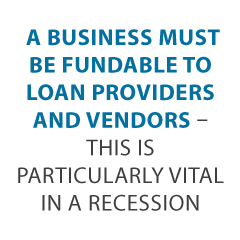
A line of credit works similar to a credit card in that it is a revolving line of credit, but it does not carry the same types of interest rates and terms that a credit card does.
Whether you get a credit card or a line of credit, it is important to remember to use it only to get you over a hump. It has to be paid back, and you need to be sure you can do that. These are tools that could be useful if you have customers that cannot pay invoices, or if you need to take advantage of a special deal like in the example above.
However, if you find you are continually using these “safety nets” to simply run the day to day operations of your business, you need to do more. You are going to have to find the leak and shore it up.
What if…?
There are a few other options if you have already waited too long. For example, you can consider factoring your invoices. This will allow you to access cash immediately, often without a credit check. Also, you do not have to worry about paying the money back, as your lender will collect the payments on the invoices directly.
Hit the jackpot and weather any recession with our best webinar and its trustworthy list of seven vendors who can help you build business credit.
Be aware however, they will purchase them at a premium. You will not get the full value of the invoices, but if you need the cash fast, it may be worth it.
Another option is a merchant cash advance. If you accept credit card payments, a lender may advance you funds based on your average daily credit card sales. Then, they collect repayment from those future sales, typically daily.
Common Mistakes Business Owners Make in a Recession: Trying to Take on Too Much
It is easy during a recession to try to save money by cutting staff. While there may be a time for this, one common mistake business owners make in a recession is trying to save money by doing everything themselves.
That just is not always the answer. If you are trying to do the day to day operations as well as the bookkeeping, cleaning, advertising, and even purchasing yourself, you are going to burn out. Not only that, but things are going to start slipping through the cracks. Bills will be missed. Orders will not get entered. Invoices will not get sent.
These things are just as detrimental to a business as paying employees you cannot afford. What is the better option? The first thing is to not let go of a bunch of employees out of panic. Slowly and carefully evaluate each job. Do you have any positions that can be combined? If so, do you have employees capable of accomplishing the tasks of both positions?
Better Options
Is it possible to cut one position, split it between two others, and raise the pay of the other two but by less than what the cut position was making? No one likes to let go of good employees at all, but taking the time to evaluate all of the options is much better for everyone than a massive axing party.
Additionally, consider which jobs can be outsourced. Outsourcing can save money because you do not have the additional payroll costs that go along with an employee. Janitorial services, bookkeeping, and social media marketing can all lend themselves well to outsourcing depending on the situation.
Common Mistakes Business Owners Make in a Recession: Thinking You Can Do It All
Another of the common mistakes business owners make in a recession is not playing to their strengths. This is similar to taking on too much, but for different reasons. While it may seem like you are saving money by not paying someone else to do certain things, it can definitely cost money to do things that you are not good at.
We all have certain strengths, and not knowing yours can be a money drain. If you are not good with the books, don’t try to do them. A mistake in that area can be very costly. If you are not great at managing people, assign that task to a trusted employee. Know your strengths and your weaknesses, and delegate tasks accordingly.
Do not let the fact that you are operating in a recession cause you to try do work in areas where you are weak in an effort to save money. It won’t work, and during a recession it could cause even more damage than it would otherwise.
Cutting Prices Too Soon or Too Much
When things start to look scary, it is almost a reflex reaction to cut prices. The idea is that If you offer a better deal, more people will do business with you.
This isn’t always the case. If your products are not at a price the market supports, it might work. Otherwise, you may see an increase at first, but long term it isn’t going to be a good thing.
People are willing to pay for a quality product. If you are struggling, it is best to figure out what they are buying instead of what you have for them. It could be the demand just isn’t there.
In a recession it is quite likely that people just do not have the disposable income necessary to purchase your product or service. In fact, it is even more likely than not. The answer then is not necessarily as easy as a price cut.
A price cut could work, if you can maintain quality. A better option is to be flexible and figure out what they are able to spend money on. For example, if you specialize in premium quality boutique clothing, consider adding inventory that is not as expensive. Call it something that sounds catchy, like “economy boutique,” and you just may have something that will get you through the recession.
In the restaurant business, consider offering specials at reduced rates to make what you have a better deal for customer that they can better afford.
Forgetting How Much Quality Counts
Truly you get what you pay for, and a hugely common mistake business owners make in a recession is that they forget that. This rings true in all aspects of business from inventory to supplies, and even employees.
There is a fine line between saving money and sabotaging yourself. You cannot purchase lower quality inventory, charge the same, and expect that profit increase to hold. Word will spread. You can’t pay less than the competition and expect your employees to be top notch.
Keep in mind that for you and your customers, quality counts, always. You get what you pay for, and your customers expect to get what they pay for.
Common Mistakes Business Owners Make in a Recession: It’s Never too Late to Build Business Credit
If you don’t already have established business credit, that can go a long way toward helping your business through a recession as well. Incorporate your business and get an EIN from the IRS. Make sure your business has a different address and phone number from your own, and sign up for a DUNS number from Dun & Bradstreet.
Once these things are done, check into doing business with starter vendors. These vendors, such as Uline, Quill, and Grainger will offer invoices with net terms. They do this without checking your credit score, and they will report your payments to the business credit reporting agencies.
Hit the jackpot and weather any recession with our best webinar and its trustworthy list of seven vendors who can help you build business credit.
In this way, you can begin to build business credit even during a recession. If you make your payments on time, you can continue to build it by applying for credit from the retail credit tier, the fleet credit tier, and the cash credit tier. Then, if you need funding to help get you through the recession, you will have it. It takes time, but it’s never too late to start.
Avoid these Common Mistakes Business Owners Make in a Recession and Keep Your Business Going Strong
Of course, there are no guarantees the recession won’t pull you under, but there are things you can do to make it less likely. If you are careful to not make these common mistakes business owners make in a recession, and pay attention to what is going on around you, your business just may have a fighting chance of making it out of the recession twilight zone intact.
The post 5 Most Common Mistakes Business Owners Make in a Recession appeared first on Credit Suite.



